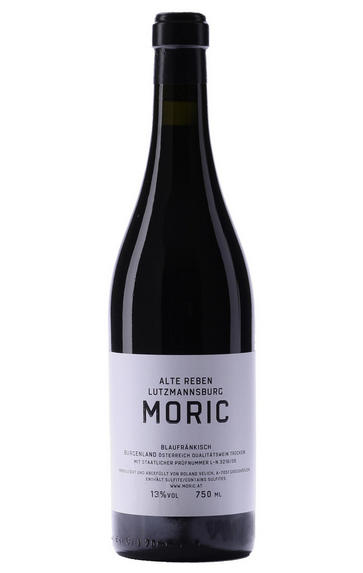
2020 Blaufränkisch, Lutzmannsburg, Alte Reben, Moric, Burgenland, Austria
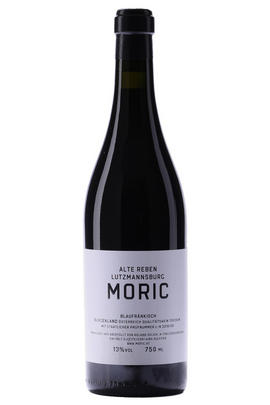
Critics reviews
The Blaufränkisch Burgenland 2020 Lutzmannsburg Alte Reben comes from the oldest vines in Lutzmannsburg, which includes not only the three crus that had been singled out in 2019 but also other crus here that are too small to market them separately. This wine delivers all the ripeness, fruit intensity and concentration that Moric has been known for for almost 20 years.
The wine is less precise or transparent compared to the crus, but it's dense and complex on the nose (and palate), which is ethereal and spicy and immediately begs for a decanter. Here, the wine is rich, textured and elegant, unfolding its greatness only on the finish that leaves the concentration and power of the first palate for purity, mineral freshness and endless salinity.
Tannins, acidity and phenolics as well as body and concentration are in great balance here, yet at this early stage, the wine needs a lot of space and time to breathe and reveal its secrets step by step. This is definitely a wine to cellar for years, just like Clos Nouveau Bourgueil from Gauthier. That means this old-vines Lutzmannsburger may reach an even greater drinking experience in 10 years. I wouldn't miss it. 13.5% stated alcohol.
Drink 2029 - 2050
Stephan Reinhardt, Wine Advocate (July 2023)
Very deep nose of forest berries with extremely subtle notes of licorice and a wide spectrum of spices. What a stunning combination of concentration, herbal freshness, spicy and rooty depth on the medium-bodied palate. The stunningly fine tannins and mineral acidity drive the extremely long and vibrant finish.
Drink or hold
James Suckling, JamesSuckling.com (December 2022)
About this WINE
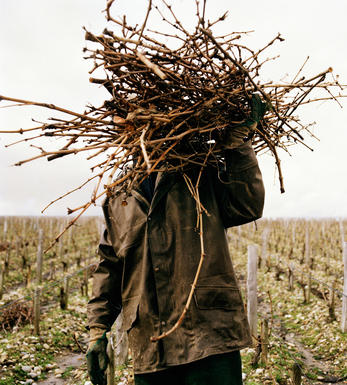
Weingut Moric
While the Velich family have stuck faithfully to the traditional Austrian line of making white wines, Roland broke away in the ‘90s to create his own enterprise making reds from the Blaufränkisch variety.
The project was called ‘Blaufränkisch Unplugged’. Under the ‘Moric’ label, Roland released his first wine with the 2001 vintage, albeit only a couple of thousand bottles. The fruit is drawn from the relatively unknown (Mittel) Burgenland region, an hour’s drive due south-east of Vienna on the Hungarian border.
In fact this ancient Pannonian region only became part of Austria in 1921, hence why the Hungarian influence remains strong; the grape is called Kekfrankos across the border. Roland sets out to make tiny quantities of ‘terroir’ wines, allowing the grape to express the rich minerality of the mica slate, clay and limestone hills overlooking the Nieusiedlersee Lake; notably around the communes of Neckenmarkt and Lutzmannsburg.
He does this through ruthless fruit selection from high density old vineyards, minimal intervention during vinification, and elevage in large oak…delivering a wine the combines the pleasure of Piemontese Nebbiolo and Burgundian Pinot Noir.
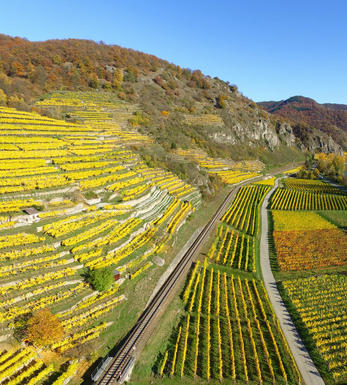
Burgenland
Burgenland lies on the Hungarian border on the far east of Austria, and accounts or about a third of all Austrian wine output. It is mostly known for its reds and sweet white wines. It is one of the four broader regions in the Austrian wine appellation system- the others being Lower Austria (Nieder- Österreich), Steierland and Bergland Österreich (in western Austria).
The region encompasses 4 sub-regions: Mittelburgenland, Sudburgenland, Neusiedlersee-Hugelland and Neusiedlersee with its world-famous, botrysised sweet wines.
In Neusiedlersee, the climate conditions in the Pannonian plains - hot, dry summers and cold winters - together with the temperature-regulating influence of the Neusiedlersee lake, bring about long ripening periods. High humidity and autumn fog aid in bringing about the noble Botrytis rot, which forms the basis of top quality sweet wines such as Beerenauslese (BA) and Trockenbeerenauslese (TBA).
The leading red grape variety in the broader region is Blaufränkisch, exude a mineral-based spicy flavour. Elegant and aromatic dry whites, mainly from the Pinot family, make their mark as well.
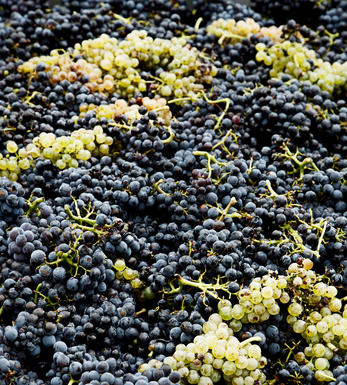
Blaufränkisch
The Blaufränkisch grape thrives on the clay and fossil rich soils of Burgenland in Austria. It reminds slightly of the Nebbiolos of Piedmont, with their grace and guile, and it is indeed a great alternative to Nebbiolo, Pinot Noir, or Syrah.


Buying options
Add to wishlist
Description
The Blaufränkisch Burgenland 2020 Lutzmannsburg Alte Reben comes from the oldest vines in Lutzmannsburg, which includes not only the three crus that had been singled out in 2019 but also other crus here that are too small to market them separately. This wine delivers all the ripeness, fruit intensity and concentration that Moric has been known for for almost 20 years.
The wine is less precise or transparent compared to the crus, but it's dense and complex on the nose (and palate), which is ethereal and spicy and immediately begs for a decanter. Here, the wine is rich, textured and elegant, unfolding its greatness only on the finish that leaves the concentration and power of the first palate for purity, mineral freshness and endless salinity.
Tannins, acidity and phenolics as well as body and concentration are in great balance here, yet at this early stage, the wine needs a lot of space and time to breathe and reveal its secrets step by step. This is definitely a wine to cellar for years, just like Clos Nouveau Bourgueil from Gauthier. That means this old-vines Lutzmannsburger may reach an even greater drinking experience in 10 years. I wouldn't miss it. 13.5% stated alcohol.
Drink 2029 - 2050
Stephan Reinhardt, Wine Advocate (July 2023)
wine at a glance
Delivery and quality guarantee